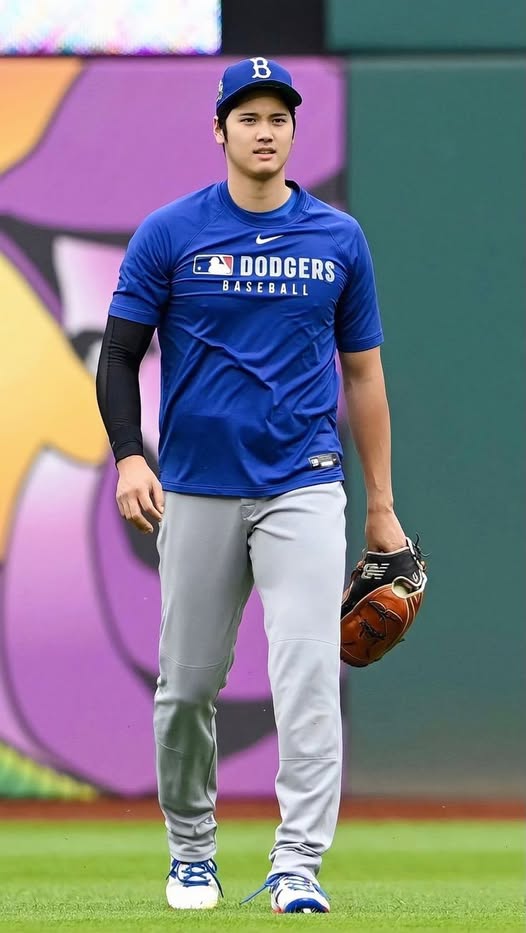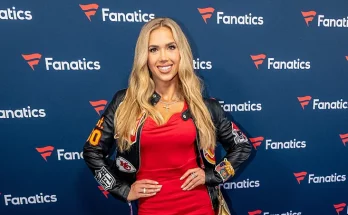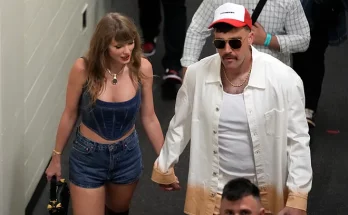Attention Shohei Ohtani is back on the mound—at least in a simulated setting—and for the first time in months, the baseball world has real reason to believe the two-way superstar is on track to do it all again. In a simulated game this week, Ohtani returned to pitching, and all reports from those in attendance say the sensations were overwhelmingly positive. That’s a massive win not just for the Los Angeles Dodgers, but for Major League Baseball and its global fanbase.
For months, anticipation has built steadily around when—and more crucially, if—Ohtani would pitch again after undergoing his second major elbow procedure last September. While the 2021 AL MVP has been thriving at the plate this season, his absence on the mound has left a void. Everyone knows Ohtani at half-strength is still better than nearly every player on the planet. But Ohtani at full power, doing the seemingly impossible by dominating both as a pitcher and as a slugger, is something that transcends the sport.
That’s why Monday’s news, which first broke through internal Dodgers communications and was quickly verified by beat reporters on-site, sent shockwaves through the baseball world. During the simulated game, Ohtani threw to live hitters, displaying velocity, command, and most importantly, comfort. According to a Dodgers team official, Ohtani hit 95 mph multiple times with smooth mechanics and zero visible discomfort. “He looked like himself,” said one observer. “Maybe even better.”
This wasn’t just a light toss session. This was a meaningful step. For months, Ohtani has been hitting every rehab milestone exactly on schedule. But throwing in a controlled bullpen setting is one thing—facing live hitters with adrenaline, timing, and pressure, even in a simulation, is another. It’s the kind of progression that signals a return to two-way dominance might not just be a dream, but a very real possibility by 2025.
The Dodgers, for their part, have been cautious but optimistic throughout this process. They understood that their \$700 million investment came with risk. After all, Ohtani had already undergone Tommy John surgery in 2018 and now required another similar procedure in 2023, described as an “internal brace” rather than full reconstruction. There was always a question about whether Ohtani would return to the mound with the same stuff, the same violence in his delivery, the same precision.
But if Monday’s simulated outing is any indication, that concern is fading fast.
What stood out to those watching wasn’t just the radar readings or the sharpness of his slider—it was the fluidity. Ohtani’s delivery, which had once been under heavy scrutiny due to the torque it generates on his arm, looked clean. There were no grimaces. No stutters. No obvious corrections mid-motion. Just Shohei Ohtani, calmly stepping onto the mound and reminding the world why he’s the most unique talent baseball has ever seen.
In fact, some within the Dodgers’ front office reportedly got emotional watching him pitch again. This is a player who defies every blueprint and redefines every expectation. For decades, the sport’s conventional wisdom had ruled out two-way stars at the MLB level. Too taxing, too risky, too inefficient. Then came Ohtani, a unicorn who refused to be boxed in. So when injury once again threatened to take away half of his brilliance, it felt like a potential tipping point.
And yet, here he is—fighting back, staying ahead of schedule, and showing signs that the two-way dream isn’t over.
For Ohtani, the timing couldn’t be more crucial. Though the Dodgers are humming along as one of the league’s most dominant teams thanks to a lineup loaded with All-Stars like Mookie Betts, Freddie Freeman, and Will Smith, the long-term outlook hinges on having a true ace. And Ohtani, when healthy, is precisely that. In 2022 and 2023, he posted sub-3.00 ERAs while regularly striking out over 30 percent of opposing batters. He was virtually unhittable when locked in, a frontline starter with elite stuff, able to overpower hitters with a high-90s fastball and then devastate them with a splitter that falls off a cliff.
To think he might regain that form—even partially—is thrilling.
But perhaps just as important is what this means psychologically for Ohtani himself. He has always defined his value in holistic terms. For him, being “Shohei Ohtani” means being both a hitter and a pitcher. Being just one of the two may satisfy others, but not the man himself. That’s why he worked tirelessly through his rehab, using a calculated and often solitary approach to get stronger while maintaining his offensive production.
And it’s paid off. At the plate this season, Ohtani hasn’t skipped a beat. Through the first third of the year, he leads the Dodgers in home runs, RBIs, and OPS. He’s also stolen more bases than anyone on the team and continues to be a game-changing presence in the heart of the lineup. His bat alone is worth the contract. But the possibility of getting the full Ohtani again? That’s generational.
If all goes well, Ohtani could pitch in real games by spring training 2026, with some even whispering about an aggressive timeline that would allow limited pitching duties late this season or in the playoffs. The Dodgers have made no promises and Ohtani himself has stayed cautious in public comments. But actions speak louder than words. Monday’s simulated game wasn’t just a box to check off—it was a statement.
There’s also the ripple effect to consider. Ohtani’s success sets a new precedent for dual-role athletes, not just in baseball but in professional sports more broadly. Every time he returns from injury and reclaims his full form, it strengthens the case for more open-minded player development pipelines. Already, MLB teams have begun to experiment with two-way prospects more openly. Ohtani’s journey is a signal: it can be done. With the right plan, mindset, and physical talent, the boundaries can be stretched.
In Japan, where Ohtani remains a national hero, the reaction to the news has been euphoric. His story is already the stuff of legend—now it might get another magical chapter. Fans back home stayed up late to follow every pitch of the simulated game, even if they couldn’t watch it live. Social media exploded with highlight clips and celebratory commentary, even though there were few visuals. That’s the effect of Ohtani. He doesn’t just perform—he inspires.
The reaction stateside has been just as passionate. Dodgers fans have reason to dream even bigger, imagining playoff games where Ohtani not only bats third but also starts on the mound. Nationally, the buzz has reignited the MVP conversation, not for 2025, but beyond. If he truly returns to two-way dominance, he might become the favorite for every MVP race he enters for the next five years. That’s not hyperbole—that’s just how good he is.
Of course, caution still rules the day. Simulated games are controlled environments. Until Ohtani faces major league hitters in real-time action, questions will remain. Can he hold up over a full season? Will the velocity be sustainable? Can he handle the workload without compromising his hitting? These are fair and important questions.
But for now, the answers don’t matter as much as the possibility.
The image of Shohei Ohtani walking off the simulated mound with a calm expression and no signs of pain is enough to stir hope. It’s a sign of resilience, of ambition, of unfinished business. The Dodgers believe. His teammates believe. The fans believe.
Most importantly, Shohei Ohtani believes.
And that belief just got a major boost. Monday’s simulated game was just the beginning, but if the sensations are any indication, the Ohtani show is about to get its most compelling encore yet. Get ready. Baseball’s unicorn is getting his horn back—and the game might never be the same.



